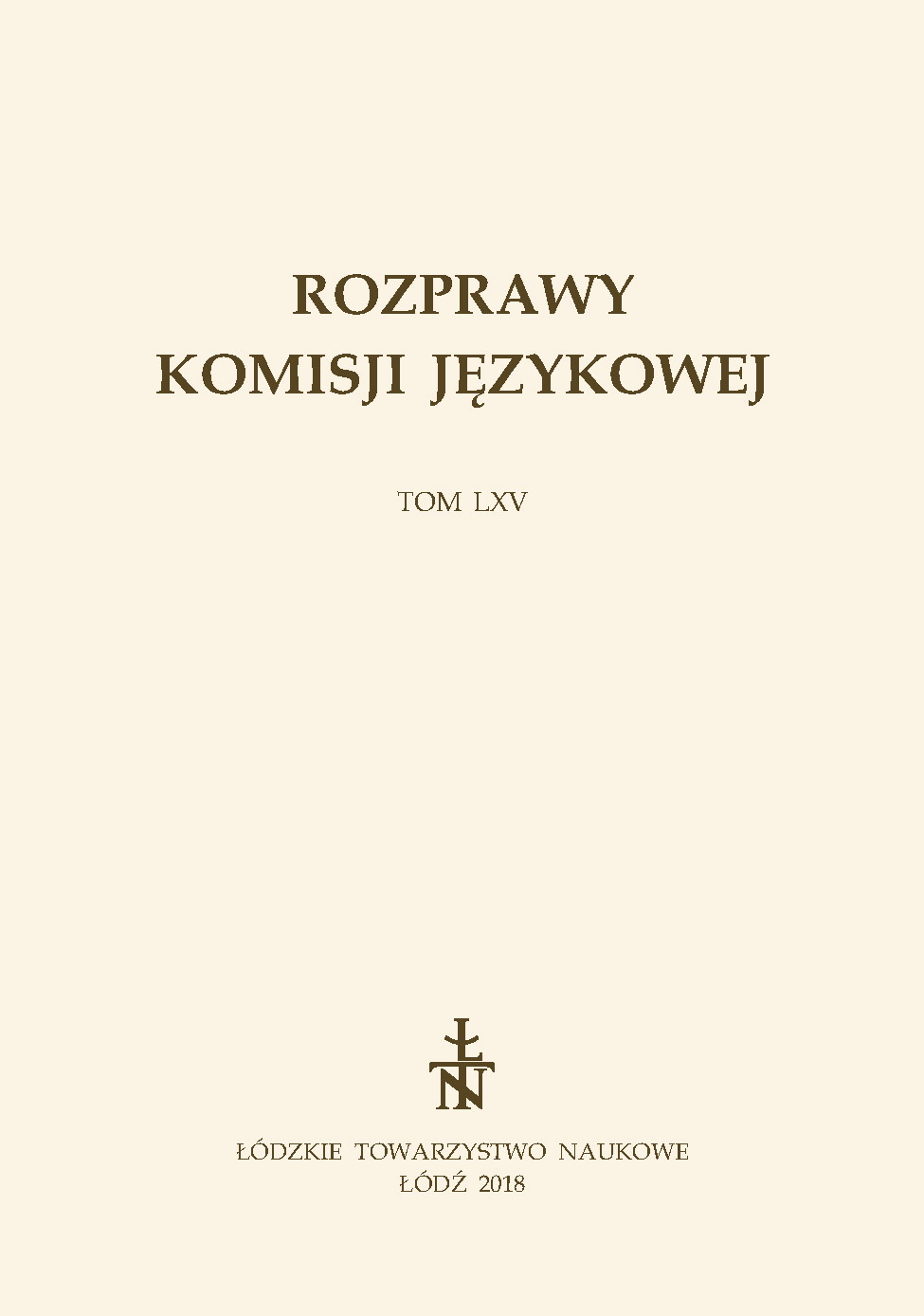Bałtycko-słowiańska geneza języka białoruskiego
The Baltic and Slavic genesis of Belarusian language
Author(s): Nina BarszczewskaSubject(s): Theoretical Linguistics
Published by: Łódzkie Towarzystwo Naukowe
Keywords: dialectal areas; Eastern-Slavonic tribes; Baltic substrate; assimilation processes
Summary/Abstract: The ethnographic-language borders of Belarus result from the settling processes of Eastern-Slavonic tribes and their accumulation on the Baltic substrate. Scholars agree that there are two tribes most important for the origin of the Belarusian language territory determining the language distinction of two basic Belarusian dialects – these are the Krivich and Dregovich tribes. The territory inhabited by the Krivichs is the area of the present north-eastern dialect and the land where the Dregovichs used to live is the area of the present south-western dialect. We need to remember however that the ethnographic-language borders changed depending on assimilation processes present in the area inhabited by the following tribes: Dregovichs, Drevlians, Krivichs, Poleshuks, Severians, Vyatichi. Archaeological, hydronymical, anthropological, ethnological and other data have led to the creation of the theory of the substrate origin of the Belаrusians whose core is the fact that the Slavs gradually assimilated the Balts in the Belarusian area being under the influence of the Baltic substrate at the same time. The main reason for the origin of East Slavonic languages was the regrouping which took place in two dialectal zones: Kiev-Polesian and Polotsk-Ryazan. The article presents the features which on the one hand contrast two Belarusian dialectal masses: the north-east and the south-west and on the other hand – indicate the historical connections of both dialects with earlier dialect areas: Polotsk-Ryazan and Kiev-Polesian.
Journal: Rozprawy Komisji Językowej
- Issue Year: 2018
- Issue No: 66
- Page Range: 21-37
- Page Count: 17
- Language: Polish

